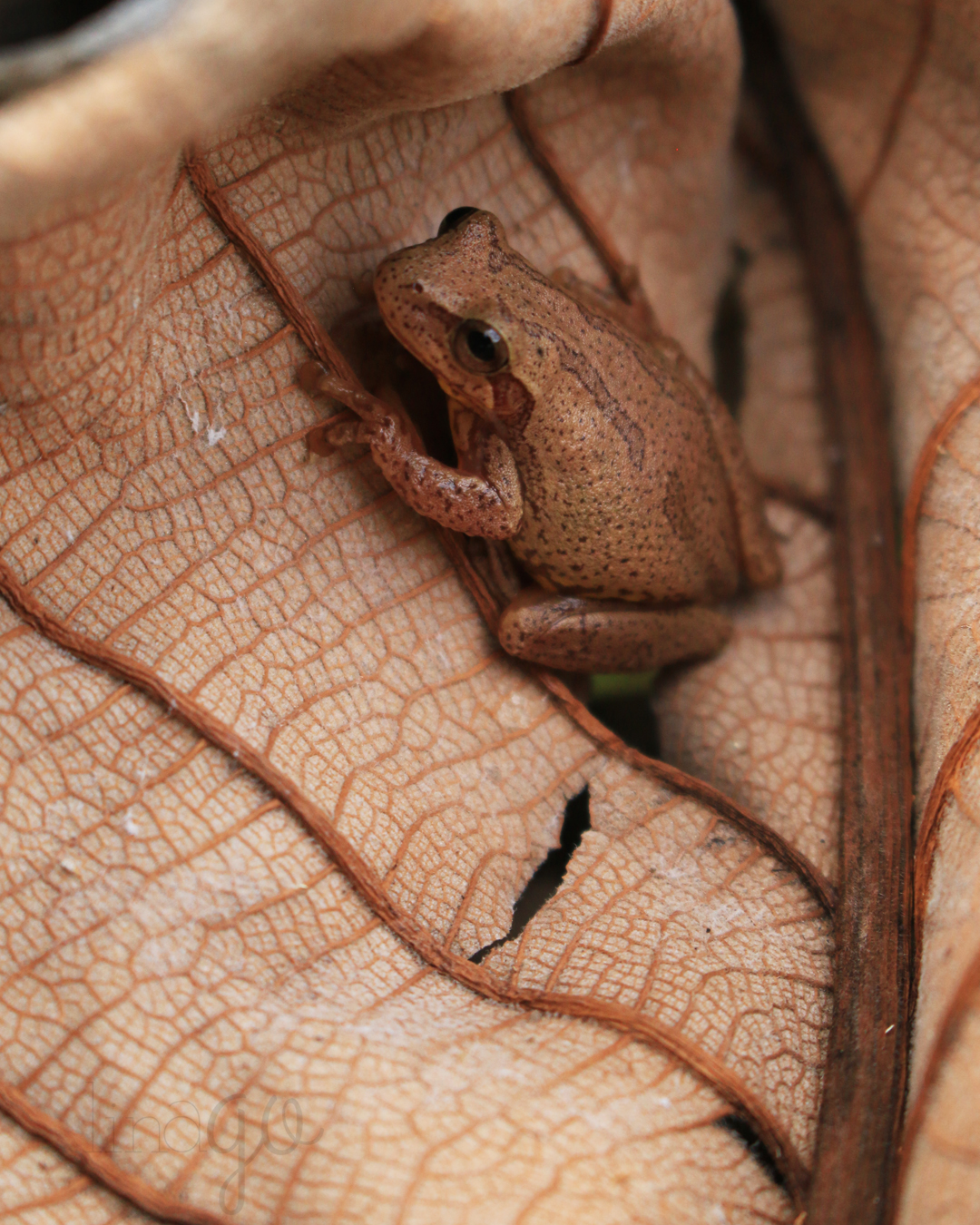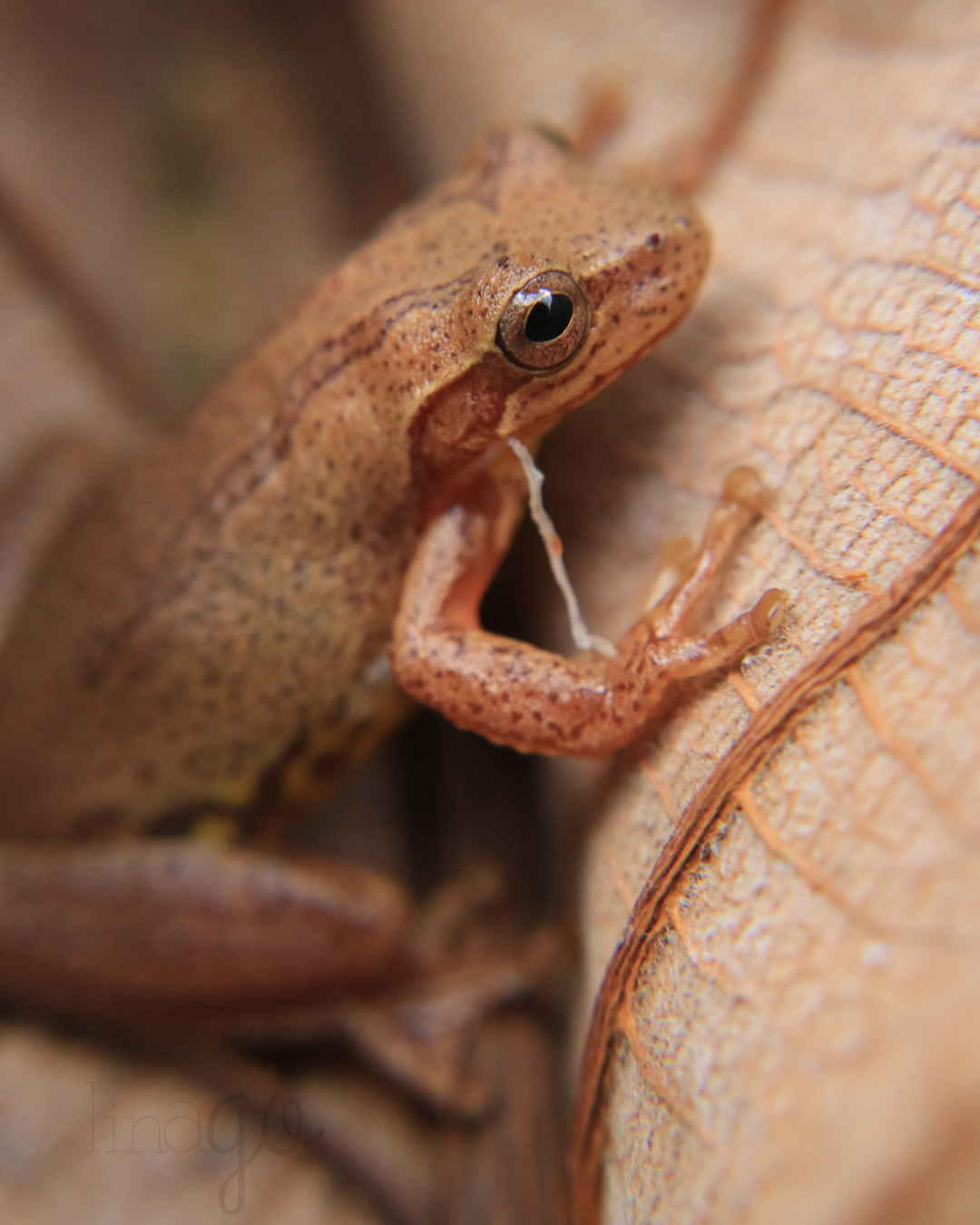Yellow tree frog | Rana de árbol amarilla
The natural habitats of this Frog include subtropical or tropical dry lowland forests, montane drylands, dry savannahs, partially flooded grasslands, freshwater marshes, intermittent streams, pastures, plantations, rural gardens, heavily degraded former forest, ponds, canals and dikes.
It inhabits Belize, Brazil, Colombia, Costa Rica, French Guiana, Guatemala, Guyana, Honduras, Mexico, Nicaragua, Panama, Suriname, Trinidad and Tobago, Venezuela, and possibly Bolivia, El Salvador, Peru, and Argentina.
taxOnomy
kingdOm
Animalia
phylUm
Chordata
clasS
Amphibia
Order
Anura
familY
Hylidae
genUs
Dendropsophus
Description
The ventral (lower) surface is a creamy white, with breeding males possessing a dark brown throat. The armpits and groin have varying amounts of light yellow or green. The thighs may sport vivid orange markings and this is especially common in mature females. The snout is truncated when viewed in the lateral profile. Eardrums are quite distinctive and can be used to distinguish the brown tree frog from native frogs (which do not have an obvious external eardrum).
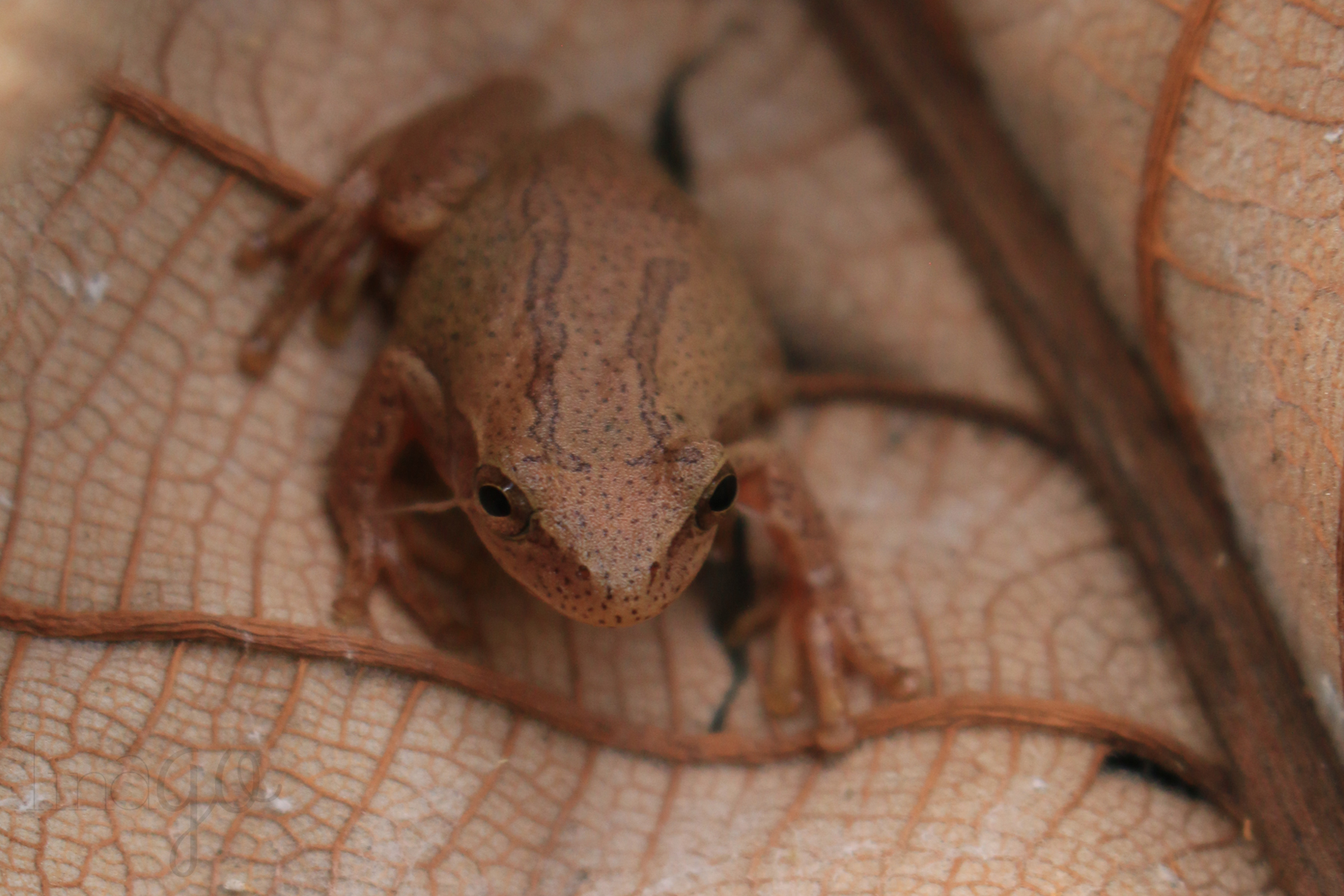
Washed Blue
#417e94
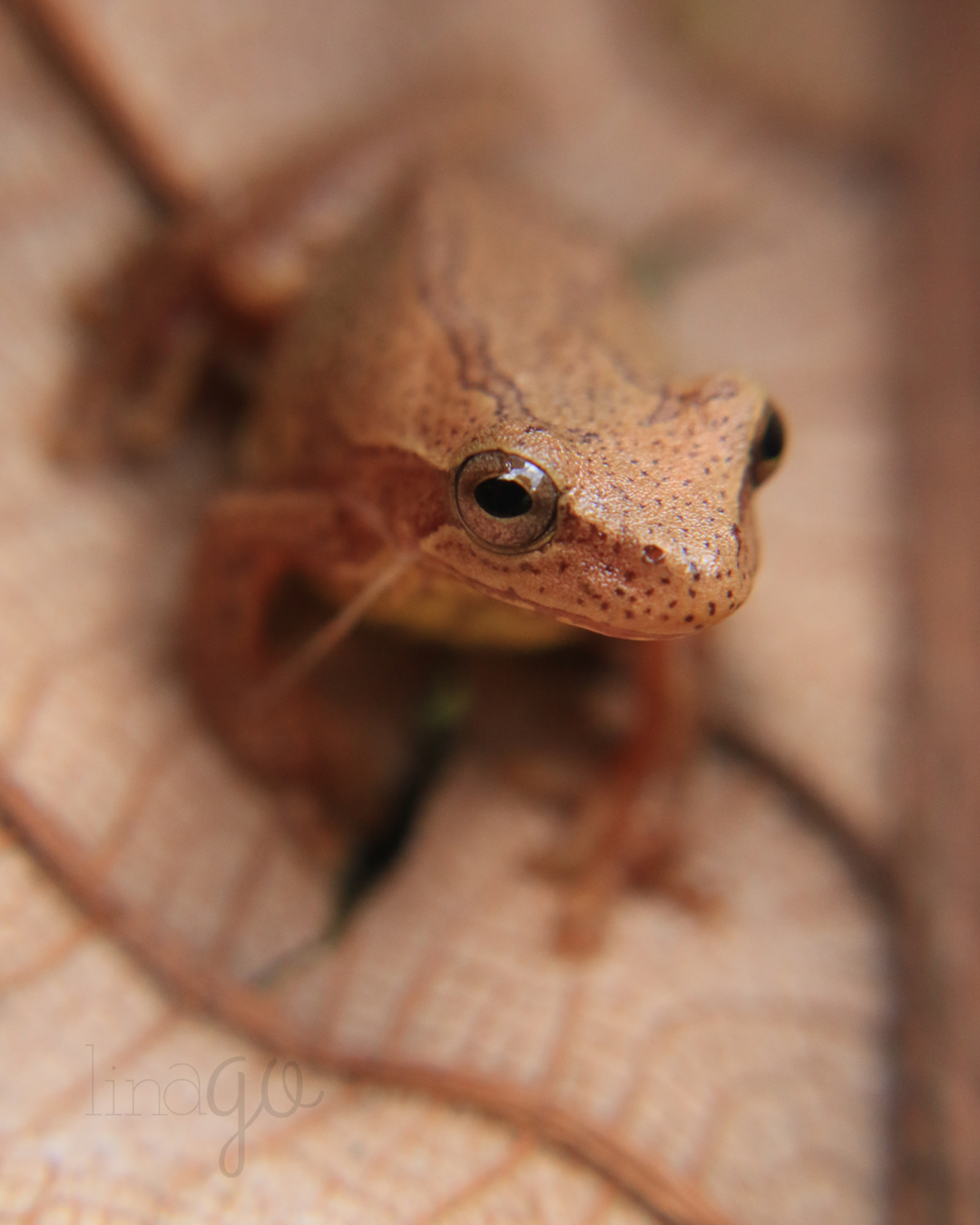
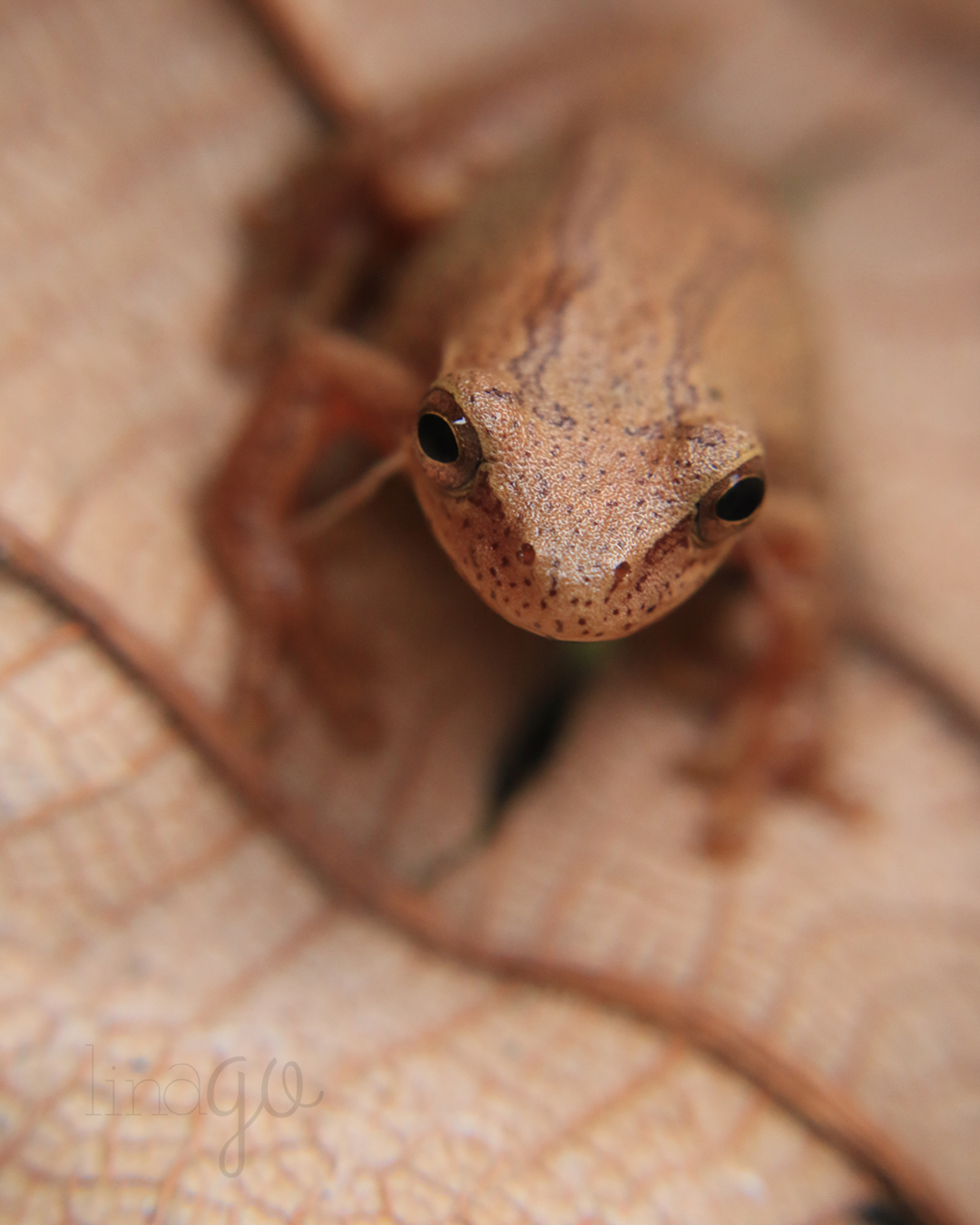
Magenta Magma
#c62a41
Jaded Earth
#2f3530
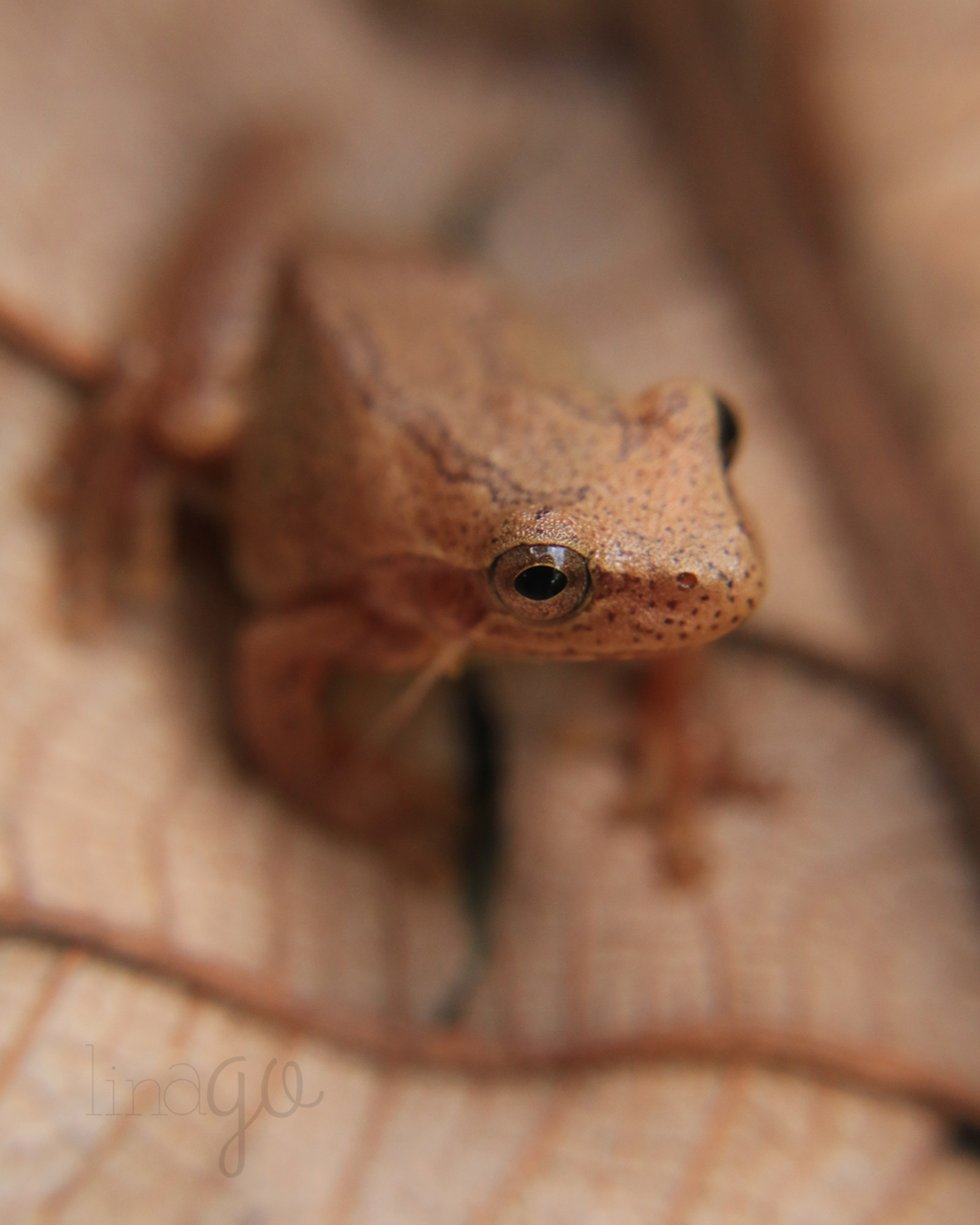
Brown tree frog are sexually dimorphic with females being larger than males (female SVL <50mm, male SVL <40mm). Tadpoles reach up to 50mm in length and are typically very dark with a blue or olive tint with a metallic belly.
The brown tree frog can be distinguished from native species by their loud vocalization (native frogs are essentially silent).
Breeding biology
Brown tree frog are unique in that they can breed throughout the year. Breeding takes place in fresh or mild brackish water from the coastal to alpine zones. Fertilisation is external with eggs laid in clumps attached to submerged plant stems and aquatic vegetation. Tadpoles are black when first hatched, turning brown as they mature.
Ecology and habitat
Found across a wide range of habitats including farmland, forests, and suburban areas, as well as semi arid and alpine areas.
call
High pitched and cricket like, a series of 5 or 6 trills of which the first sound is prolonged. Males call year round, particularly after periods of rain.
Distribution
Widespread in the South Island as well as the central and southern parts of the North Island.
Distribution maps are simplified, predicted distributions based on a combination of known distribution data, historical distribution data, suitability of habitat, and known biogeographic patterns. In some cases, the potential distribution of a species may be very unlikely. However, due to the cryptic nature of some of New Zealand’s herpetofauna, it should not be ruled out entirely. Only significant historical records outside the known range of each species are used.


